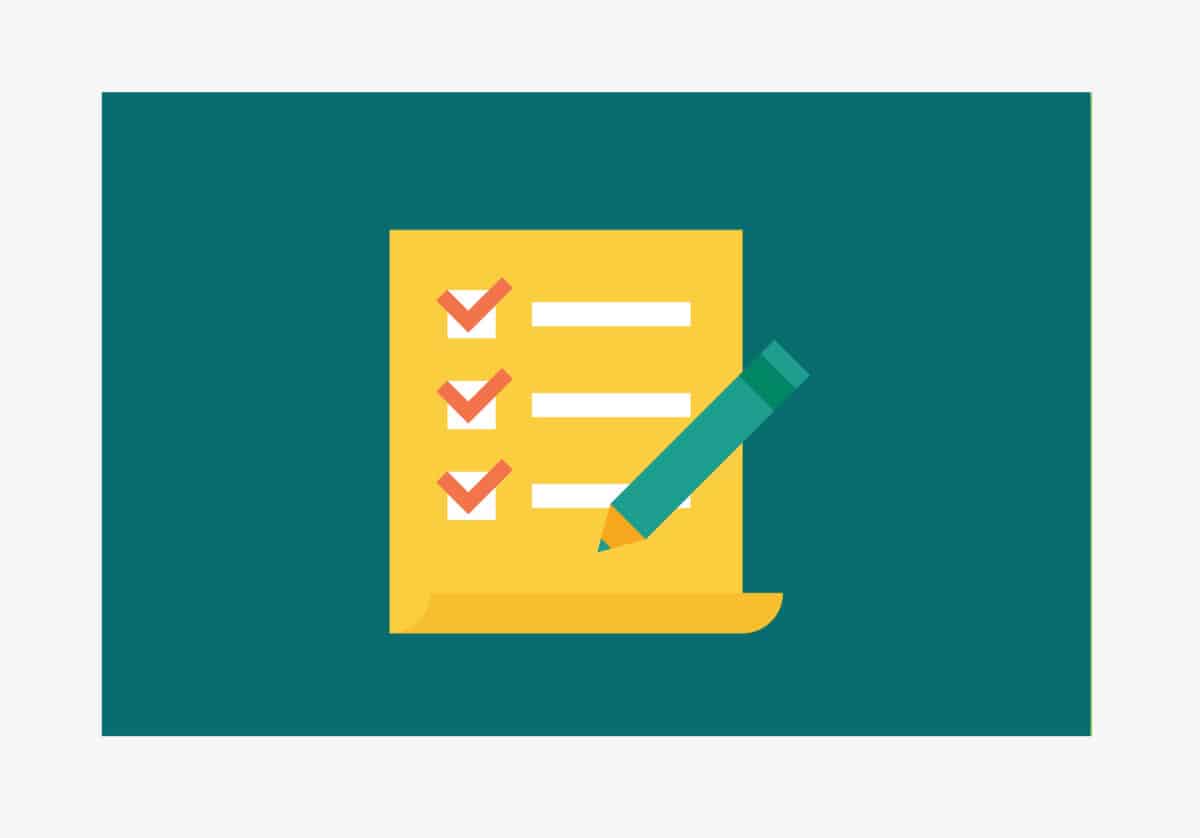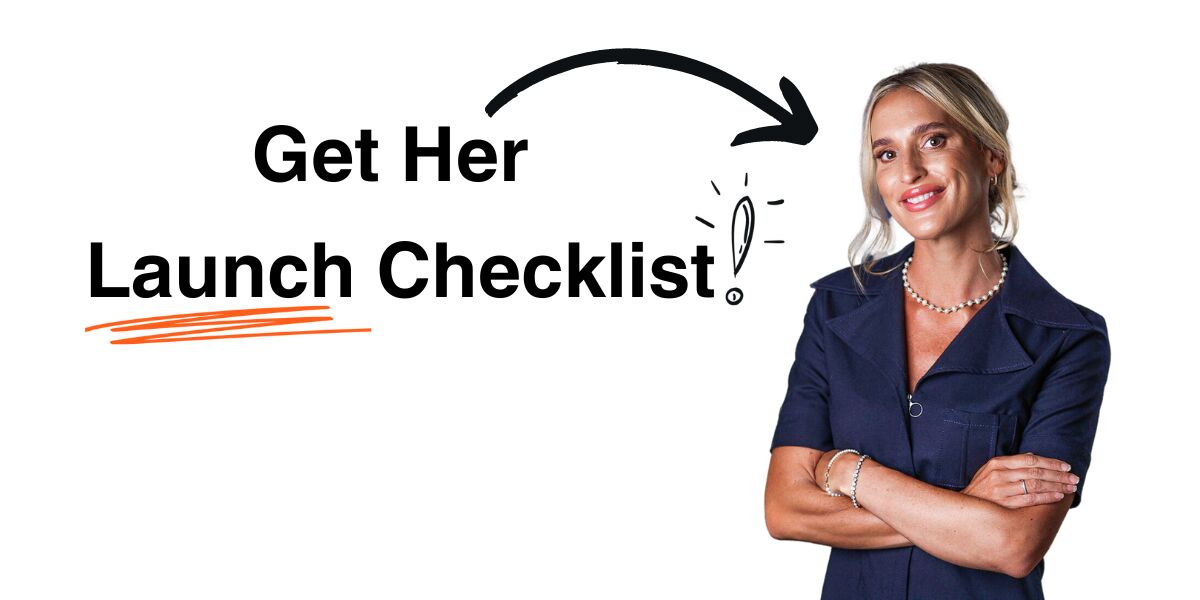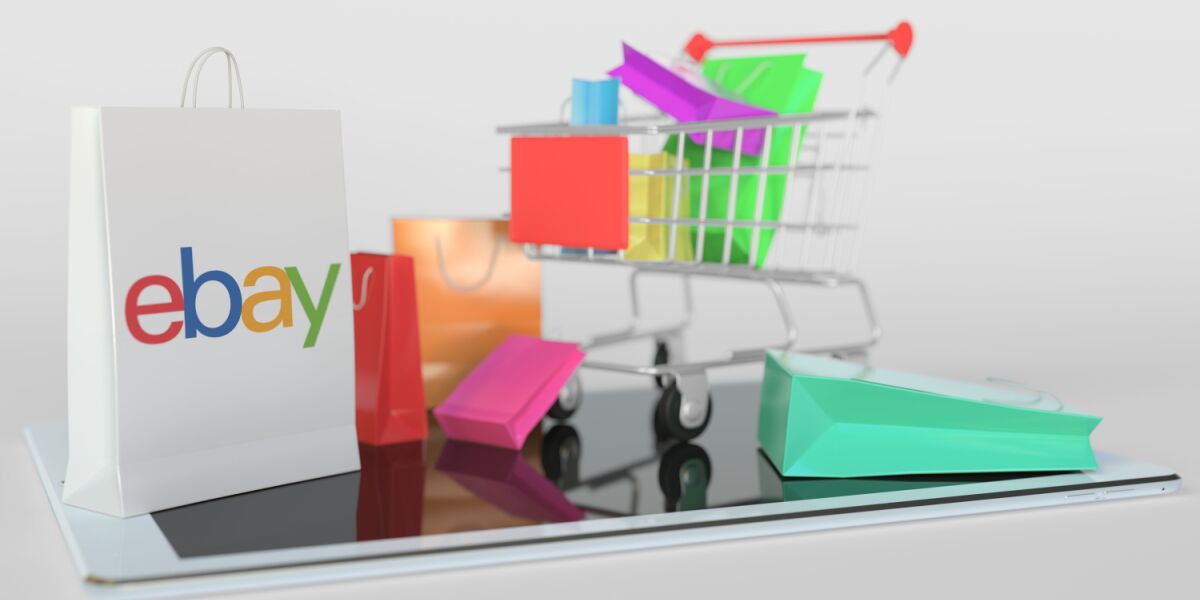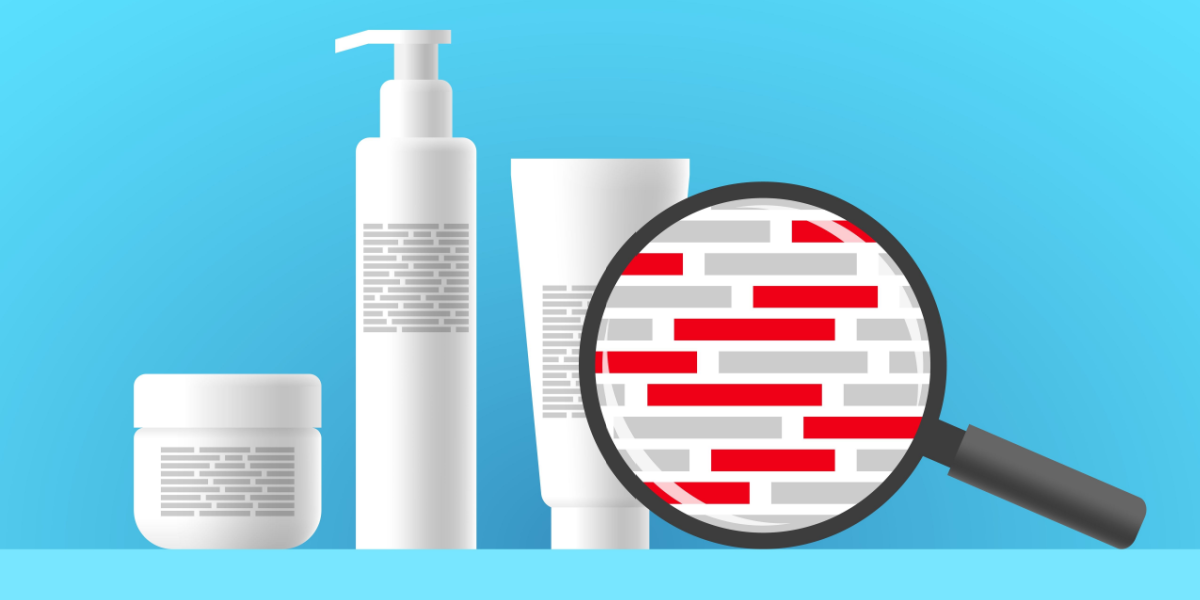Startups and PR specialists have had a rocky relationship, to say the least.
Google “PR” and “startups” and you’re likely to find articles from high-profile entrepreneurs like Mark Cuban telling you why you shouldn’t hire one—and the tech community tends to agree.
So you’re probably thinking that as a public relations consultant, I’m biased when I say that PR is pretty important for businesses that have yet to establish credibility with their target customers.
Well don’t take my word for it. Take Bill Gates’ word when he said, “If I had one dollar left, I’d spend it on PR.”
Or have a look at recent startup success stories like Uber. These guys didn’t get where they are today because of their gigantic ad budget. Instead, the word of mouth generated from promotions like on-demand ice cream and kittens (I mean, who can resist a kitten?) have created some priceless PR and social media opportunities proven to grow one’s customer base.
The big difference here is that, unlike advertising, Uber didn’t have to pay for this coverage; rather, the investment in strategic PR tactics like creative promotions earned coverage for them and drew widespread public attention, delivering a much bigger payoff.
So what’s really keeping startups from embracing PR?
I’ve worked in PR for 15 years. During that time, I’ve mainly focused on consumer PR for global giants, but lately I’ve worked on a couple of startup launch campaigns and taken a real interest in understanding the sector (especially when it comes to sustainability startups). I’ve also met with some startups looking to run PR around their launches and decided the timing wasn’t right.
Why? Well, it’s got nothing to do with budget.
It’s the fact that many simply aren’t ready for a PR strategy that will get them the return they’re looking for. Which leads to lots of wasted time and money resulting in either negative press coverage, or coverage that doesn’t meet expectations. All this builds a growing sense of distrust between PRs and startups.
So how do you know if your startup is ready for a full-blown PR launch and, if not, what steps can you take to get there?
The following “Are You Ready to Go Public?” checklist can help.
It outlines the top 15 things that must be in place, BEFORE deciding to invest in a consumer PR launch (there are many other stages during the startup journey where PR is also helpful, including gaining initial support and funding, but that’s another list….).
And hey, even if you can’t get over your fear of PR consultants and you decide to go it alone, I’d still recommend going through the list to help prepare yourself for your PR debut.
PR Launch Checklist for Startups
1. My business idea is based on providing a product or service for an existing customer problem
So here’s the thing—startup success has nothing to do with chasing your dreams of being a millionaire, and everything to do with solving real customer problems.
And as a PR, I can also promise you that it’s next to impossible to get a journalist to write about anything that his/her readers won’t care about, you know, like products and services that don’t solve their readers’ problems. This is where having a good value proposition comes in.
Dropbox is a great example of this. When founder Drew Houston needed to access files on his laptop during a long bus ride to New York, but didn’t have his pen drive, he helped solve a cloud storage problem that millions of others were also experiencing at the time.
In fact, Dropbox took it a step further. Not only did it provide a great solution, it also made sure that it was available on multiple devices and platforms. So whether serving a Mac or a Blackberry customer, Dropbox made sure they offered easy cloud storage. It was a smart marketing tactic that ended up increasing registered users, even it meant one Symbian user spreading it to that one Mac user, who then passed it onto another 100.
Solve a problem and you’re on the road to creating a successful business. Get some proof that your solution actually works and you’ll also earn positive media coverage and word of mouth.
2. My product/service fills a need in either a sizable or growing market
Sorry guys, but when it comes to startups and media coverage, size does matter.
Why?
Well, for a few reasons. Firstly, if your startup falls into one of the best industries for starting a business, or reflects a popular trend, then you’re more likely to be included in mainstream media outlets than the startups focusing on markets that very few of their readers would be interested in (although this doesn’t discount those truly one-of-a-kind innovations, which generate coverage based on their uniqueness).
It also means that if your audience is really niche, traditional PR may not be right for you.
Take for example, One Nights Tent. They provide sustainable mattresses and camping gear for music festivals. So why invest tons of money right now in PR when the problem they’re currently solving appears to be aimed at this particular audience?
Their on-site activation at music festivals is probably the best way to spend their marketing dollars right now. It’s targeting the right people, at the right time to raise awareness and drive sales.
3. I can define the type of market I’m entering into
Being able to define which type of market (new, emerging, established, or clone) your startup falls under is also important for helping to determine which PR strategy is right for you.
Steve Blank does a great job outlining the four different types of markets that startups normally fall into.
For instance, if your product or service solution needs to create a new customer market, then your PR plan needs to prioritize education and trial before driving purchase.
Sustainability startups like Exo (manufacturers of cricket protein bars) are good examples because there’s still an education piece to be done before mainstream audiences buy into their “crickets are the new kale” tagline.
4. I can describe my multiple customer segments, and why my product/service is a good solution for each of them
Your product/service may impact different customers in different ways. So it’s important for your PR consultant to understand which benefits different customer segments find the most helpful or attractive when talking to media or influencers.
For instance, conversations with early adopters will be much different than conversations with the majority.
Soylent, a disruptor brand, is a good example. Early adopters have become brand advocates but some of the mainstream media still isn’t quite sold on the idea—so there are clearly two different conversations happening here. While Silicon Valley techies happily vocalize their support for this “meal replacement” powdered drink, some mainstream media question its health credentials and viability.
5. I’ve completed a business model canvas or have an existing business strategy for review
As a PR consultant, I can’t tell you how important it is for us to have some type of business plan to review, to ensure our PR strategy is aligned with your business goal, and helps you achieve it.
There’s simply no other way for us to ensure we’re targeting the right audience with the right messages unless we have a real understanding of your business mission.
So whether it’s a business model canvas or an actual plan, it’s helpful for us to review your business and marketing objectives to ensure our PR strategy aligns with them.
6: My business partners and team are all aligned with the company’s vision and strategy
Unfortunately, I’ve experienced what it’s like when founders aren’t on the same page. And it ain’t pretty, especially when it comes to PR.
Regardless of the size of your company, your brand vision and tone of voice are really important. And having business partners aligned with your vision is just as important, especially when being quoted or interviewed by the media.
If you end up with mixed messages out there, then you really have wasted your PR time and money.
7. Any key stakeholders required for me to deliver my product/service are already onboard
Again, this is another case of ensuring your product or service is ready for market, and that your stakeholders are all onboard before going to the media (especially if you think there’s a chance that they’ll read something they should have been informed about by you personally).
It’s also important for PRs to understand what assets, including ambassadors and case studies, that we can promote to help tell your story.
A social impact startup like Warby Parker, which partners with non-profits like Vision Spring, is a great example of this. These partnerships play a major role in helping to tell their own brand story about creating positive social impact from sales of their eyewear.
8. I’ve spoken with my potential customers one-on-one and conducted user interviews to get feedback on my product/service
I’m probably not the only one telling you how important user interviews are for startups.
But just in case, check out this great video on How to Run a User Interview by Emmett Shear. Obviously customer feedback is crucial for startups, but it’s also really helpful for PRs when crafting your story and key brand messages.
Simply put, key messages are the main points that you want your audience to remember. So having a good understanding of what they’re reacting to can be helpful when crafting these.
9. I can tell you what a day in the life of my customer looks like
Again, if you’re a startup that has a really good understanding of your customer before launch, your chances for success automatically increase.
In terms of PR, it’s important for us to understand what media they’re watching/reading, which people influence them on social media and the time of day that they’re most likely to purchase your product.
It also really helps us when creating all of those bespoke, exclusive content pitches that will help get you media traction.
And while we can certainly help pull a lot of this information together for you, if you’re already speaking with your customers, it’s great to get a firsthand understanding of this.
These canvas models can help. The Customer Journey and Empathy Map are especially useful here.
10. I can also tell you WHY my customers are buying my product/service
From a storytelling perspective, it’s really important for PRs to understand what behavior you’re trying to shift and the biggest barriers that exist to getting your potential customers to do what you’re asking.
Because, just like driving traffic to your website, there’s really no point in getting media coverage without a call to action (CTA) for the reader or viewer (YOUR potential customer).
11. I’m no longer just prototyping—I’m ready to grow and scale
Obviously, from a PR perspective, it helps to be ready to deliver on your product/service for customers to avoid negative reviews.
But it’s also really helpful for us to understand the “proof points” that back up your value proposition.
I’m sure you’re familiar with the rapid prototyping strategy behind Airbnb’s success. Obviously, launching to mainstream media with a PR campaign when they were still prototyping wouldn’t have been the best idea. So be honest about whether your product or service is ready to meet demand before you hire a PR.
12: To the best of my knowledge, I don’t have any inappropriate photos, images or comments displayed across my social media channels
This might sound like a really stupid point, until a media outlet decides to run with it.
And although I think it’s pretty self-explanatory, have a look at these social media blunders in case you need reminding.
Or maybe just think back to Tinder’s recent Twitter “brand meltdown” when they posted a flood of bizarre Tweets about their “displeasure” with a Vanity Fair article about dating. Although Tinder’s intention was clearly to undermine it, their strategy had the opposite desired effect by calling even more people’s attention to the article, and turning it into a social media circus (at their expense).
13. I know what my approximate budget is for a PR & communications launch campaign
Make sure you understand and can clearly define how much money you have to spend on PR. This allows your PR consultant to focus on developing more tailored solutions to meet your needs, rather than proposals that need to be scaled up or down.
One of the best starting points is to have a clear understanding of your cost structure versus revenue stream.
14. I have an analytics system in place to measure impact
PR campaigns need to be measured to determine what positive impacts they’ve had on your business. It’s also really important for PR consultants to understand which sites are driving traffic to your homepages and social media, so we can also target them.
Make sure you’ve set up analytics and share the results. Personally, I think Google Analytics does the trick and other tools like SumoMe can be a nice compliment.
15. I know what success looks like, and I can explain it to you
OK, so I’ve saved the best for last…if I had to pick just one question to ask potential clients, this would be it.
PR can be a pretty time-consuming job, so if you have specific media targets in mind, then it’s great for us to know where we should be focusing our efforts for you. It’s also really important in helping us set KPIs to ensure that your PR dollars were well spent.
—
There’s my PR checklist — I hope you put it to great use as you prepare to launch your product!
What about you? Any PR lessons for startups that you’ve learned? We’d love to hear them in the comments.



















